
Emergency Communications Month
April is Emergency Communications Month
Each April, we take time to celebrate the people who support the communications systems we rely on every day and highlight the importance of emergency communications in creating resilient critical infrastructure. Emergency communications is a complex ecosystem. It is made resilient and secure through strong partnerships and collaboration between first responders, federal agencies, private organizations, and the public.
We are Resilient Together.
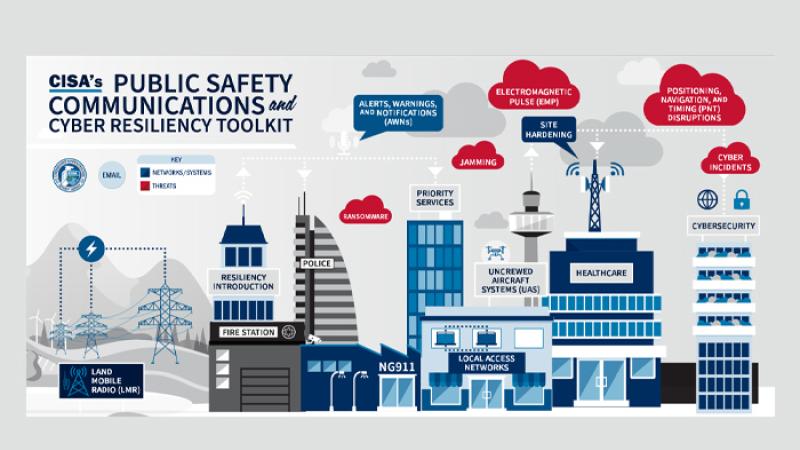
Take Action
Download this toolkit for ways to improve communications resiliency and improve public safety.

Join the Community
Add your voice to the conversation and help create a more resilient community.

Get Support
CISA provides plans, resources, guidance, and trainings to support emergency communications.
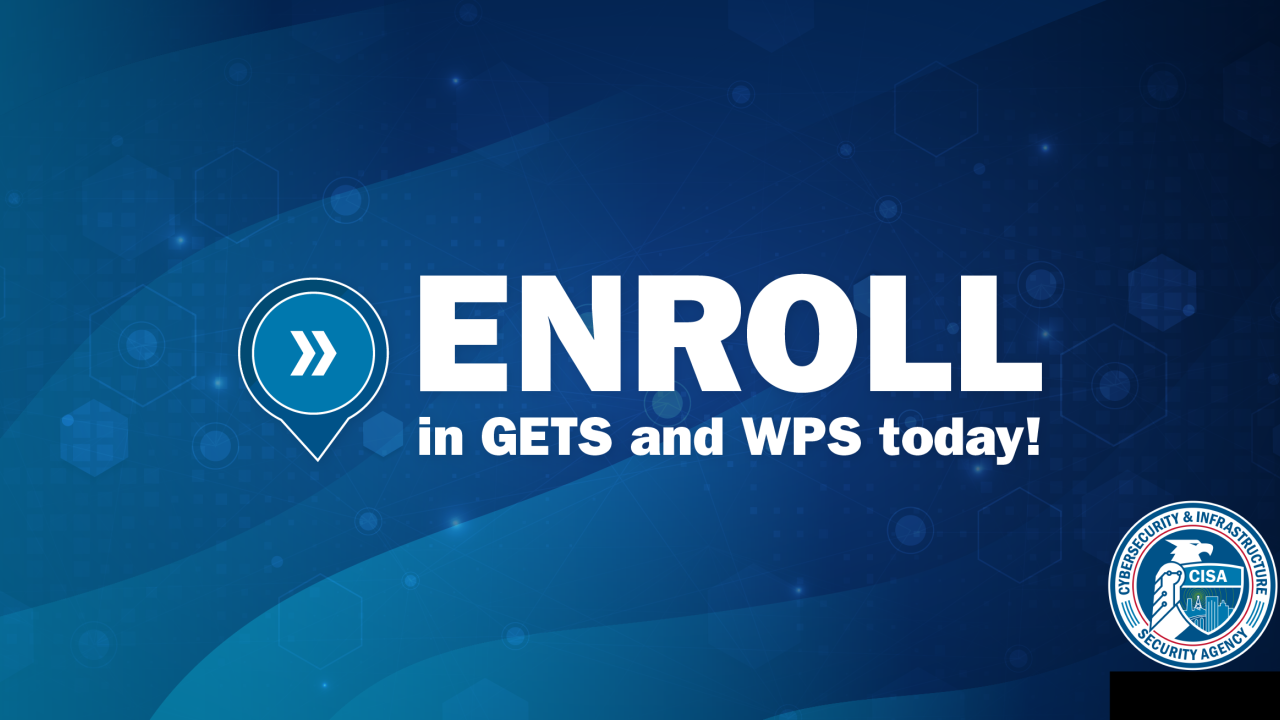
Ensure your Priority Call goes through:
During a crisis, every second counts. Don’t let network congestion prevent you from communicating when it matters most. Government Emergency Telecommunications Service (GETS) and Wireless Priority Service (WPS) are no-cost options that ensure your priority call gets through.
Featured Content

Priority Services Webinar
Together, we can make sure essential personnel have the tools and resources needed to keep communications operational.
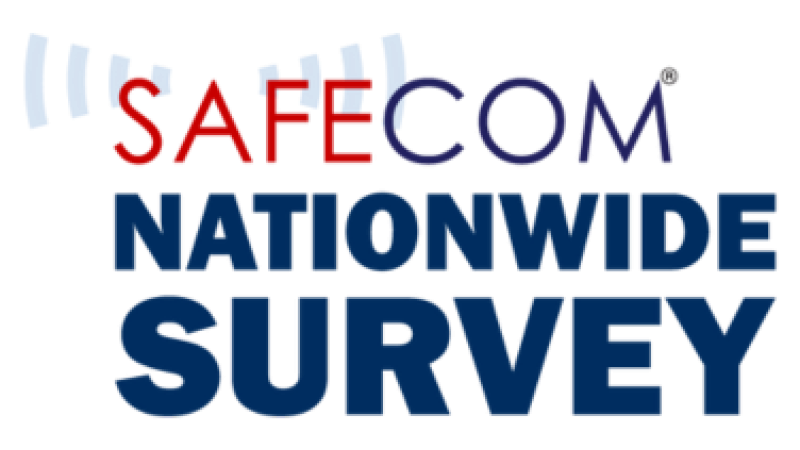
SafeCom Survey
Learn about the nation’s emergency communications capabilities and priorities.

National Emergency Communications Plan
The NECP is the nation’s strategic plan to strengthen and enhance emergency communications capabilities.
Guides and Best Practices
These resources provide guidance and best practices to improve emergency communication planning.

Emergency Communications Technical Assistance Service Offerings Guide
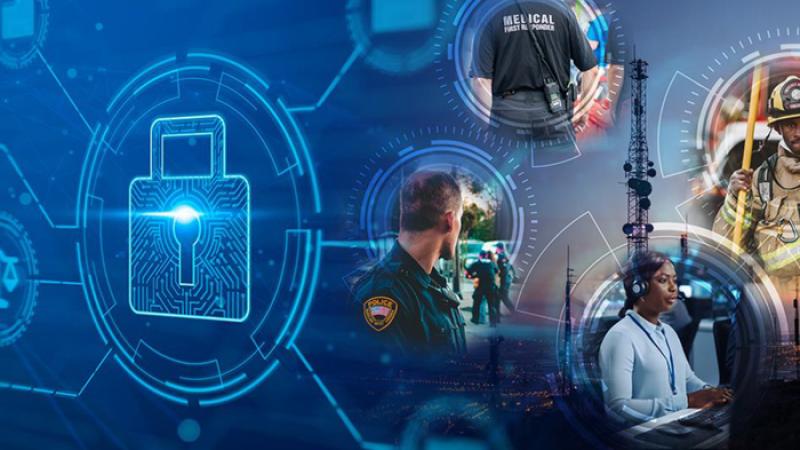
Transition to Advanced Encryption Standard (AES) White Paper
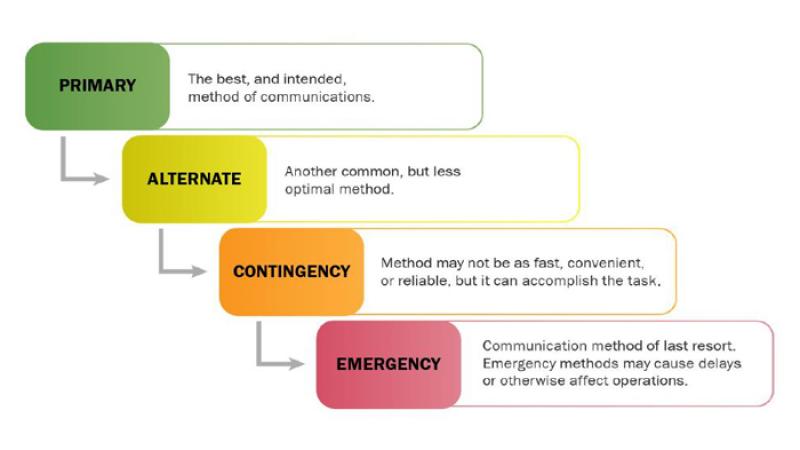
Leveraging the PACE Plan into the Emergency Communications Ecosystem

Field Operations Guides (FOGs)
Public Safety Resources
Public safety is the core of CISA's Emergency Communications mission. These resources provide guidance for various intersections between communications and public safety.
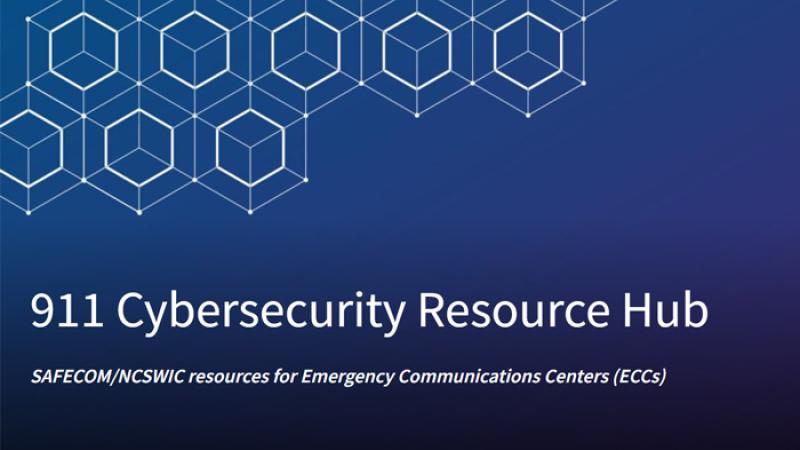
911 Cybersecurity Resource Hub
SAFECOM/NCSWIC resources for Emergency Communications Centers (ECCs)

Public Safety Communications and Cybersecurity Resiliency Toolkit
Public safety communications and cyber resiliency resources in one place.
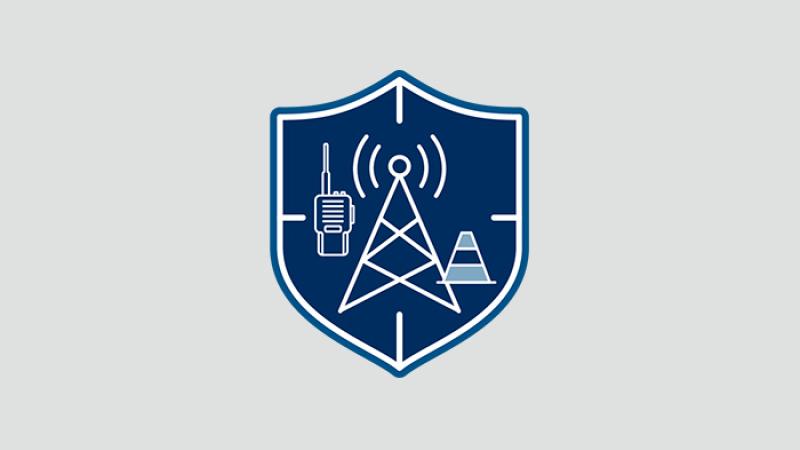
Public Safety Cybersecurity
This page provides resources to public safety practitioners regarding common questions related to public safety cybersecurity.

Transition to Next Generation 911 (NG911)
This page provides resources and tools to support 911 system operations, security, and NG911 transition.
Emergency Communications Month 2025 with EAD for Emergency Communications, Billy Bob Brown Jr.
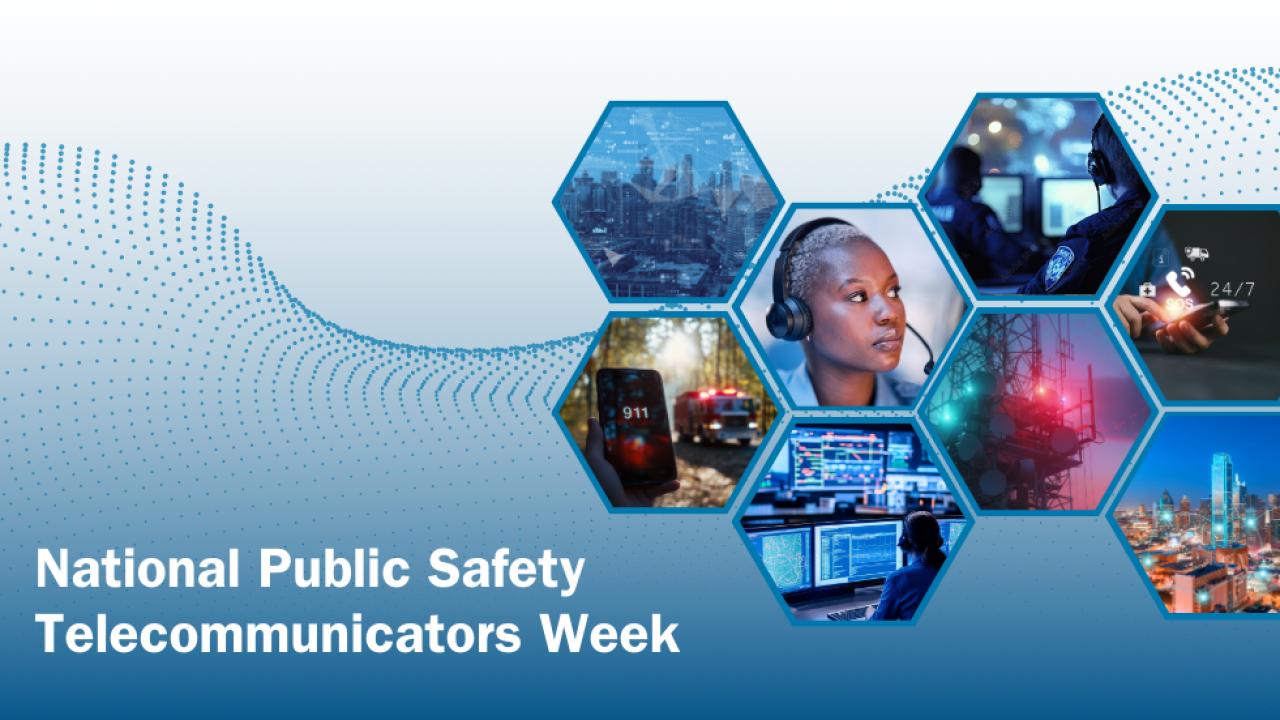
National Public Safety Telecommunicators Week
During Emergency Communications Month, CISA also recognizes National Public Safety Telecommunicators Week (NPSTW). This week specifically honors telecommunications personnel for their commitment, service, and sacrifice.







